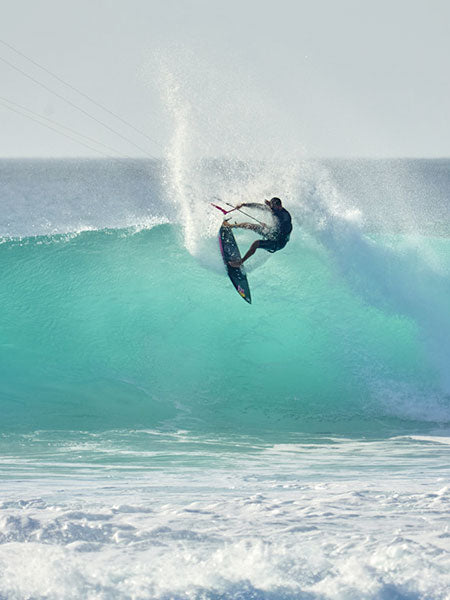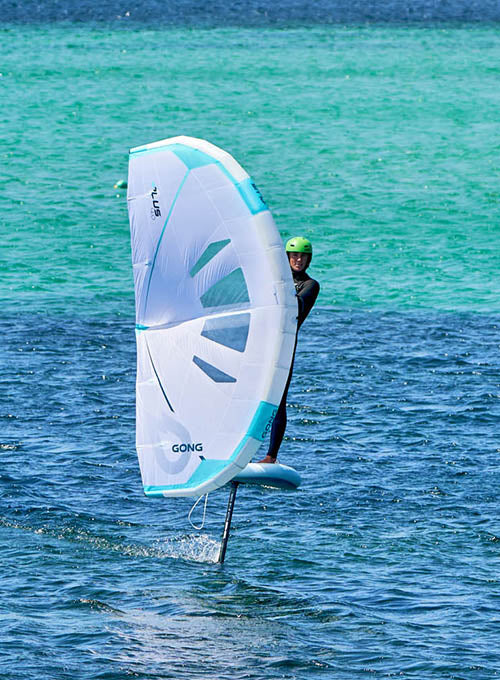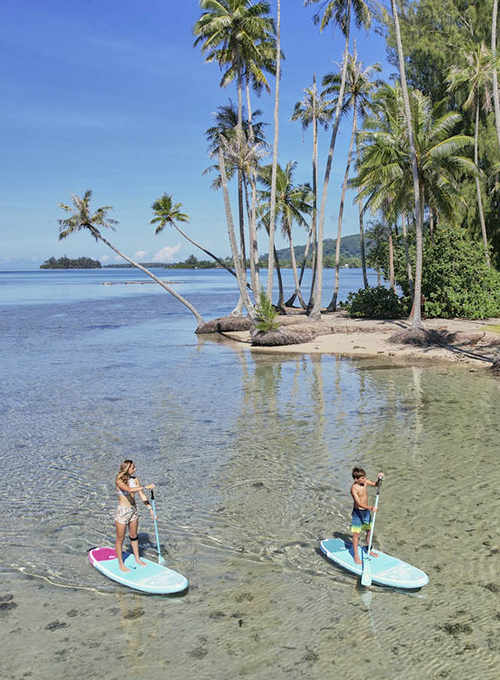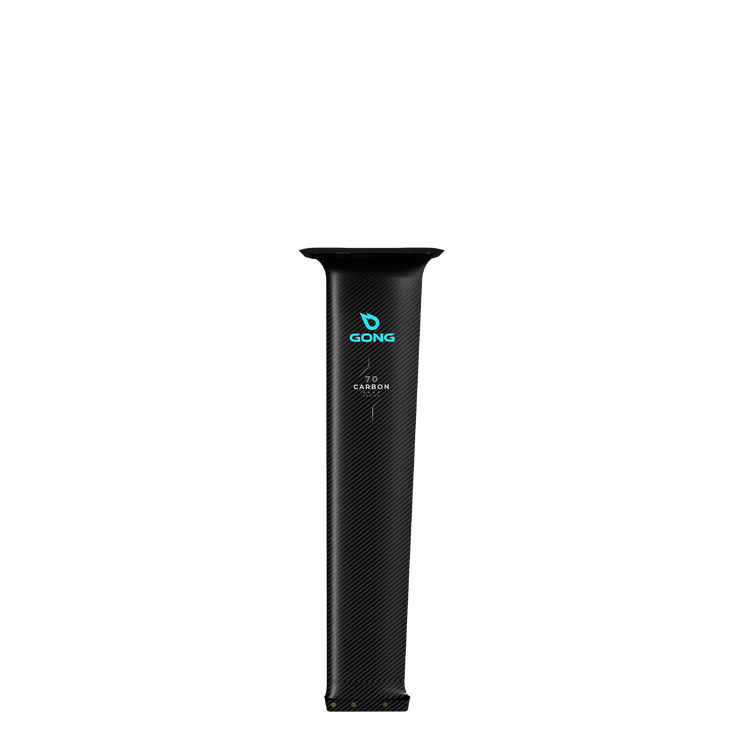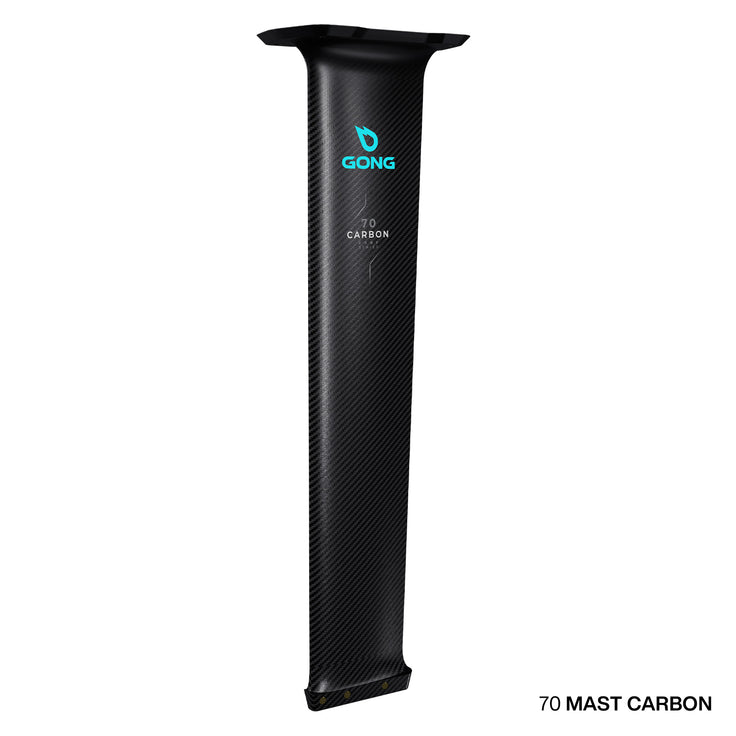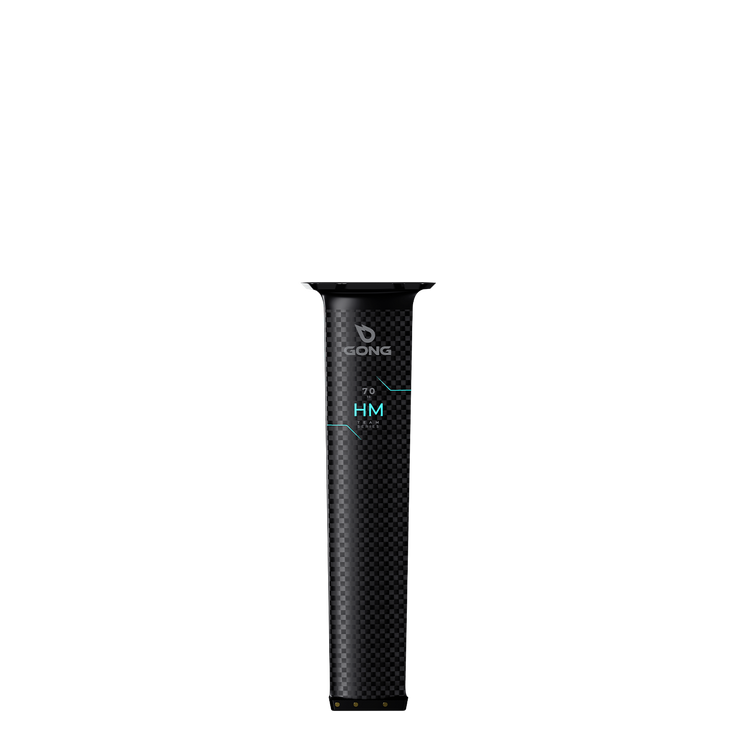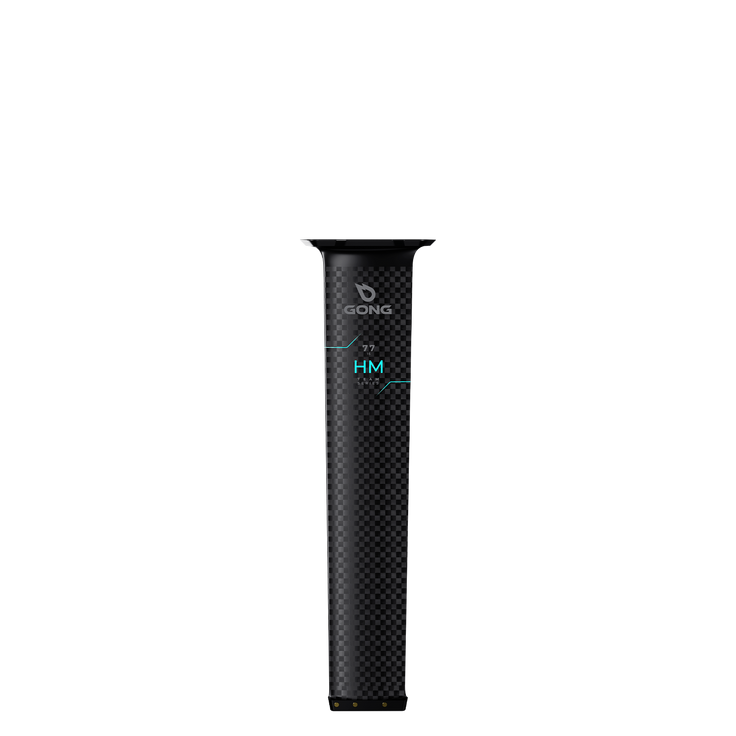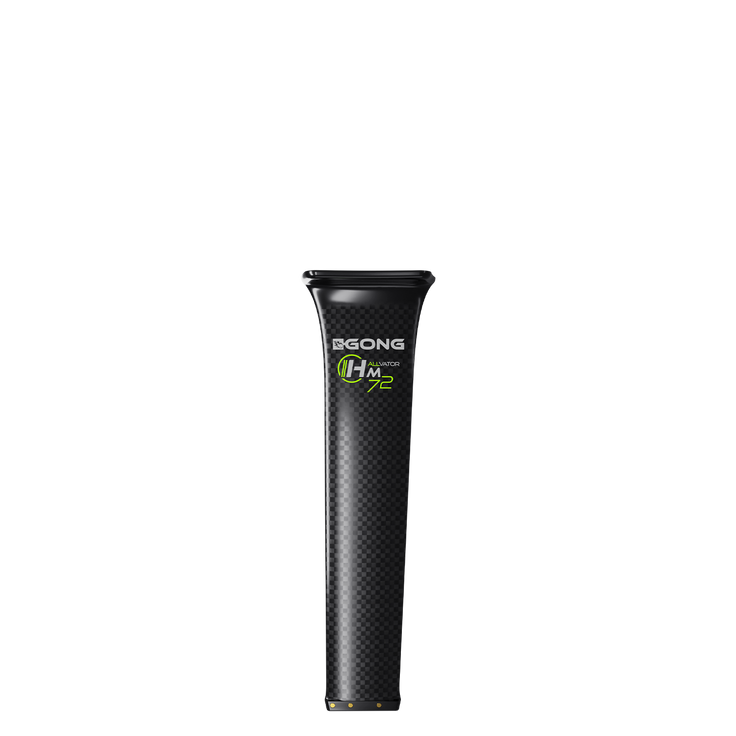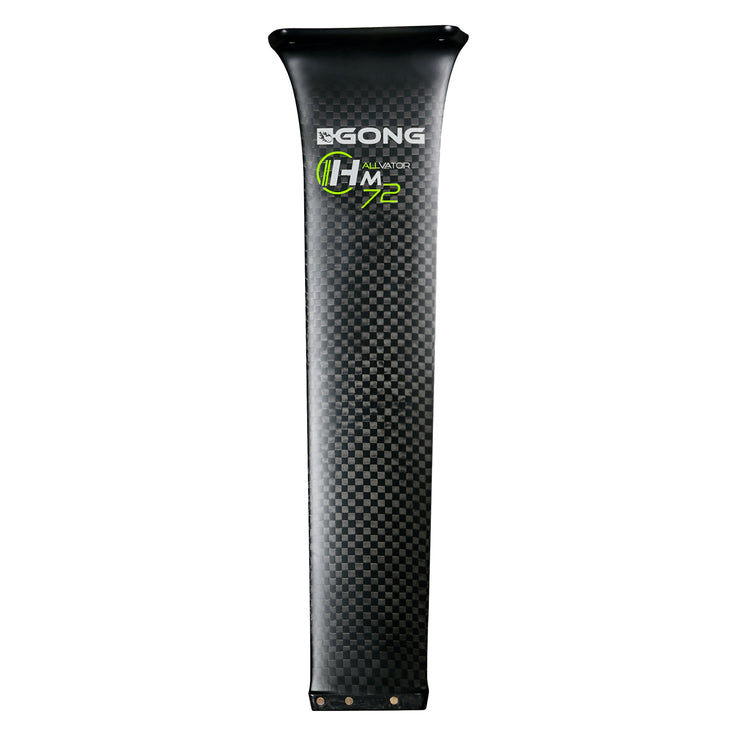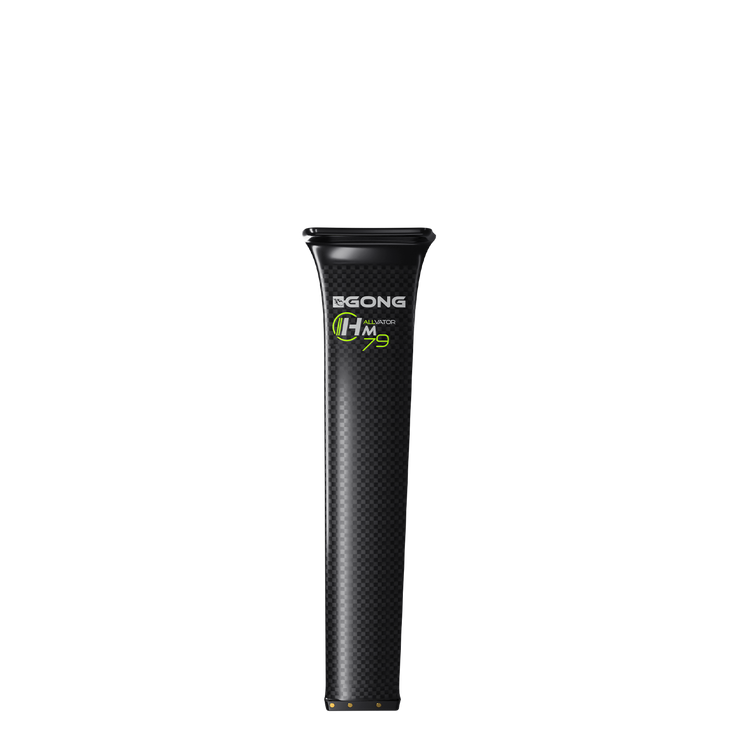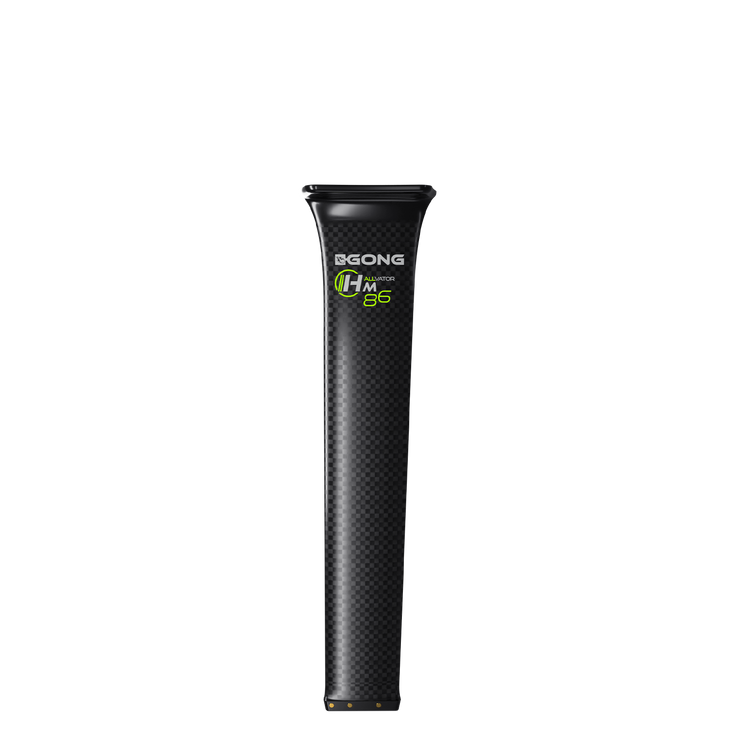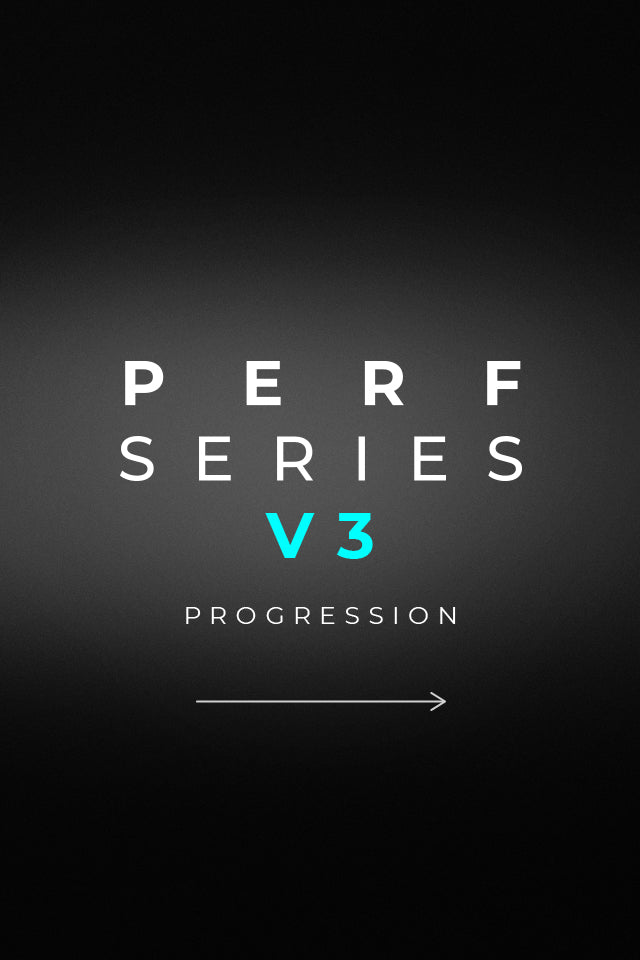
heart
heart-full
heart
heart-full
Foil Alu Mast 55 cm V3
The very short aluminum mast, perfect for beginners looking to start with con...
Regular Price
55€
Sale Price
55€Regular Price
heart
heart-full
heart
heart-full
Foil Alu Mast 62 cm V3
The ideal short aluminum mast for building confidence during your first foil ...
Regular Price
59€
Sale Price
59€Regular Price
heart
heart-full
heart
heart-full
Foil Alu Mast 70 cm V3
The standard aluminum mast for surf and SUP foiling, providing an excellent b...
Regular Price
69€
Sale Price
69€Regular Price
heart
heart-full
heart
heart-full
Foil Alu Mast 77cm V3
The high-performance aluminum mast for surf and pumping.
Regular Price
75€
Sale Price
75€Regular Price
heart
heart-full
heart
heart-full
Foil Carbon Mast 70 cm V3
The light, affordable, and dynamic carbon mast.
Regular Price
499€
Sale Price
499€Regular Price

heart
heart-full
heart
heart-full
Foil Carbon Mast HM 70 cm V3
The 70HM mast is fast and rigid, in High-Modulus carbon construction.
Regular Price
749€
Sale Price
749€Regular Price
heart
heart-full
heart
heart-full
Foil Carbon Mast HM 77 cm V3
The 77HM mast is fast and rigid, in High-Modulus carbon construction.
Regular Price
769€
Sale Price
769€Regular Price
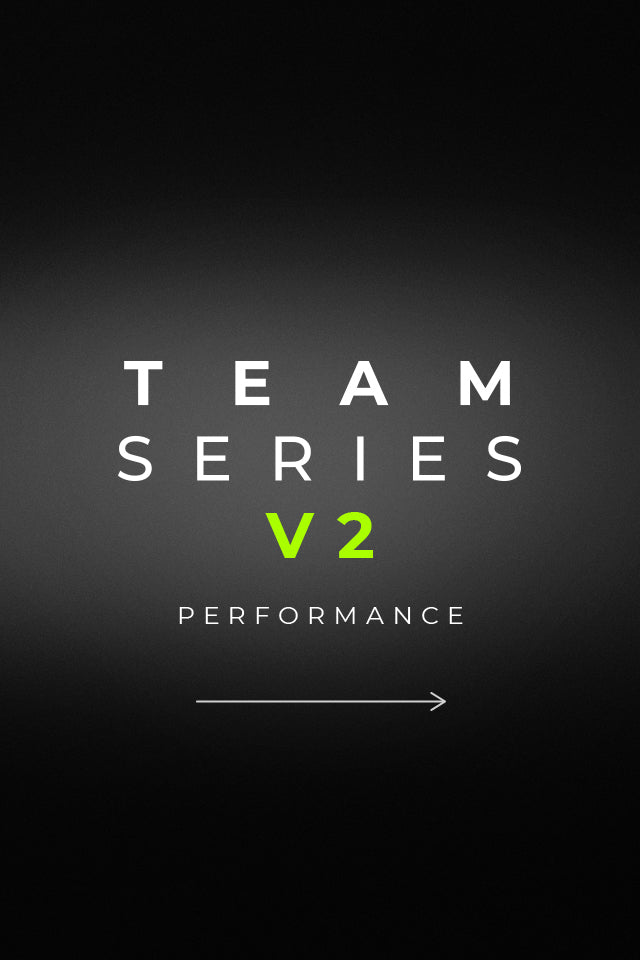
heart
heart-full
heart
heart-full
Foil Carbon Mast HM 72 cm V2
Ultra rigid high modulus carbon mast for more performance with large wings.
Regular Price
569€
Sale Price
569€Regular Price
759€
heart
heart-full
heart
heart-full
Foil Carbon Mast HM 79 cm V2
High modulus, ultra-rigid, and versatile carbon fiber mast for enhanced perfo...
Regular Price
592€
Sale Price
592€Regular Price
789€
heart
heart-full
heart
heart-full
Foil Carbon Mast HM 86 cm V2
High modulus, ultra-rigid, and versatile carbon fiber mast for enhanced perfo...
Regular Price
622€
Sale Price
622€Regular Price
829€


